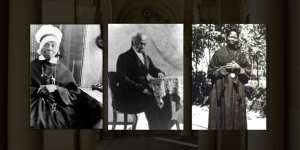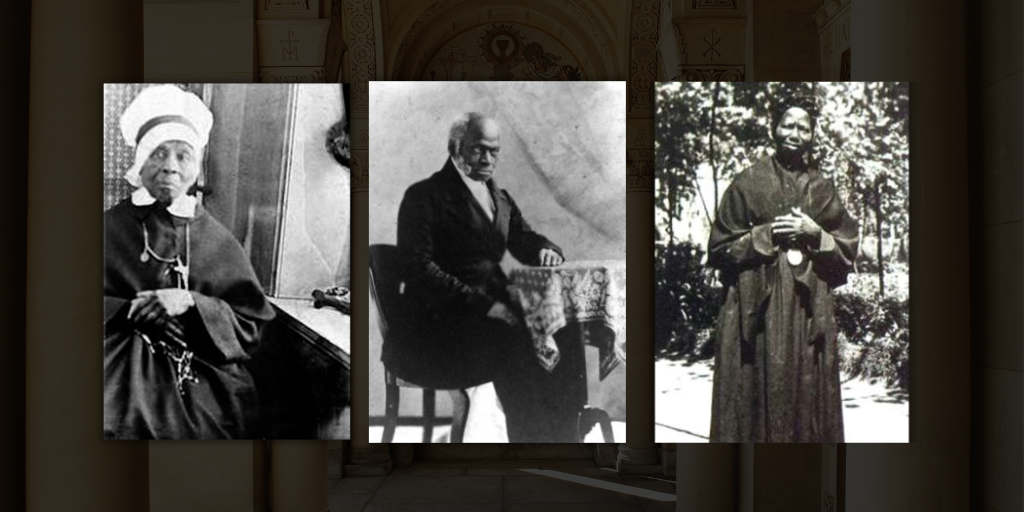
As we observe Black History Month, we’re proud to honor the lives of Black Catholics in America and around the world – from the “hairdresser for Christ” to the founder of the first order for African-American women. In the face of prejudice and hardship, these heroes of the faith responded in compassion and love, tirelessly working to support education, ministry, and religious life.
Today, we invite you to learn about three extraordinary Black Catholics and where you can find them portrayed in the Basilica.
Ven. Pierre Toussaint
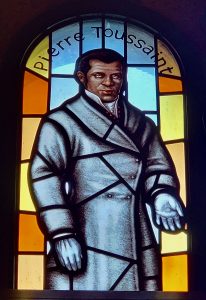
The descendant of African slaves, Pierre Toussaint was born in Haiti in 1766 and brought to New York in his twenties by the wealthy Bérard family. Pierre’s experience was far from typical; he learned to read and write as a child, and as an adult he became the premier hairdresser in New York. When Monsieur Bérard passed away, Pierre assumed responsibility for Madame Bérard and the other slaves of the household, working 16-hour days styling hair to support them. Upon her death in 1807, Madame Bérard freed him – and without the household demands weighing upon him, he could marry the woman he loved, Marie Rose Juliette. He purchased her freedom and the two were wed in 1811.
Throughout his life, Pierre demonstrated profound charity and kindness to all those around him. Not only did he generously donate to the poor and orphans, but he personally cared for them, and for those struck by the dreaded yellow fever. He and Juliette were also instrumental in establishing New York’s first Catholic school for Black children and supported the Oblate Sisters of Providence, the first community of Black religious, and their orphanage.
Even with the prejudices that existed against Blacks at the time, upon his death in 1853, Pierre was praised by the newspapers as a man of outstanding character and virtue. He was declared Venerable by Pope John Paul II in 1996.
Mother Mary Lange
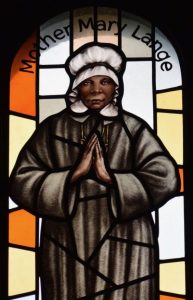
Born Elizabeth Clarisse Lange in the late 1700s, Mother Lange is believed to have immigrated to the U.S. from Santiago, Cuba, at a young age. She settled in Baltimore, Maryland, with a community of French-speaking Catholics who primarily hailed from Haiti. As an immigrant living in Baltimore before the Emancipation Proclamation, she saw firsthand the discrimination faced by African Americans in her community: during this time, immigrants’ children were often denied entrance to schools based on the color of their skin. Seeing their desperate need for education, Elizabeth and her friend Marie Magdelaine Balas decided to open a school in their home. With the support of Reverend James Hector Joubert, Elizabeth founded the Oblate Sisters of Providence, the first order for African-American women. She took the name Mary and started what would become the St. Frances Academy. Not only did Mother Lange’s order provide much-needed education to children and adults, but it also offered nursing assistance during the cholera epidemic and homes for widows and orphans of the Civil War.
After the death of Father Joubert, Mother Lange’s life became more challenging. He had been her tireless partner in ministry, gathering financial support and encouraging women to join the order. But nevertheless, Mother Lange persevered, and over a century later, the thriving school and order remain a testimony to her diligence in ministry. Today, St. Frances Academy is the longest continuously operating African American Catholic school in the United States. She passed away on February 3, 1882, and her cause for canonization was opened in 1990, making her a “Servant of God.”
Saint Josephine Bakhita
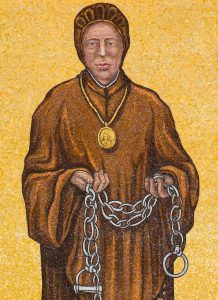
Saint Josephine Bakhita’s life was marked by tragedy and hardship from a young age. While working in the fields with her mother at nine years old, she was captured and sold into slavery. Her name, “Bakhita,” meaning “fortunate,” was given to her by her captors. She attempted to escape on numerous occasions, but never succeeded. Bakhita was sold five times throughout El Obeid and Khartoum before eventually being purchased by an Italian consul, whose kind treatment transformed her life.
Sometime later, the consul and his family were called away to the Red Sea to manage a hotel, and Bakhita took residence with the Sisters of the Institute of the Catechumens in Venice. It was here that she realized God’s love had been at work in the Italian families who had been so kind to her. As the sisters instructed her in the way of the Lord, she found the answers to the myriad of spiritual questions that pressed on her mind. In 1890, they baptized her and gave her the name Josephine. When the consul and his wife returned to Italy, Josephine requested to stay at the sacristy, and they acquiesced.
At the sacristy, Josephine contributed to the order’s daily operations by cooking, sewing, and keeping the door for the next 50 years. Her gentle spirit, sweet smile, and kind words of encouragement were an inspiration to all she met. Over a 20-year period, she wrote her autobiography, and following its publication in 1930, Josephine traveled the world, sharing her story and the hope Christ had given her. Because of her experiences, Saint Josephine is regarded as the patron saint of human trafficking victims.
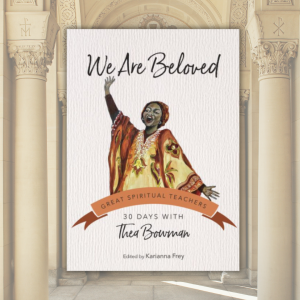 Be inspired by these 3 books this Black History Month
Be inspired by these 3 books this Black History Month
As we celebrate Black History Month, we invite you to discover three books that explore the faith journeys and spiritual insights of instrumental members of the Black Catholic community – both past and present, and be encouraged in your own faith. From St. Martin de Porres, who used his medical expertise to help the underprivileged in Peru, to Robert Cardinal Sarah, who overcame government oppression to become a priest in Guinea, their examples of devotion serve as an inspiration.
Sources:
“10 fascinating facts about Pierre Toussaint, a former slave on the road to sainthood,” CNA.
“Black Saints: Mother Mary Lange,” National Catholic Reporter.
Butler’s Lives of Saints, ed. Bernard Bangley.
“Meet Mother Mary Lange, the namesake of the Archdiocese of Baltimore’s newest school,” Catholic Review.
“Mother Mary Lange,” MotherLange.org.
“Venerable Pierre Toussaint.” Franciscan Media.
“Venerable Pierre Toussaint.” Loyola Press.
Images featured in banner accessed via Wikimedia and Focus Equip Ministries.

